

Every week I try and show my students something new in pottery – an effort to inspire them and introduce them to new techniques. One such technique is using molds to make pottery. Inspired by the work of ceramicist, Jenny Rijke, I thought she would be a good model for my students.
Rijke uses cobalt to color her clay, and creates simple and beautiful pots. While I am not sure of her process, there is a standard method for making molds which I used to make my pots.
The first step is to find a suitable object from which to make a mold. It has to be a simple shape, with no ridges or indentations. One can make a mold from nearly any shape, but to keep it simple, and a one step mold, it needs to have walls of that are “flat”. I chose a sour cream container for the mold I made.
The outside of the cup is then coated with Vaseline. The cup is sunk in a plaster of paris mixture prepared according to directions. Make sure you add weight to the cup before you sink it in the plaster mixture, otherwise it pops up. You want to find a container at least an inch and half wider than the mold on all sides – including the bottom. I used an oatmeal container as a vessel for the mold.
Once the plaster has dried, remove the container. It should slide out fairly easily because it is covered in Vaseline. You also want to remove the outside vessel, in this case the oatmeal container, so the mold can “breathe” properly and dry between uses. The mold, if properly taken care of, should last years.

To prepare the clay, I use my blender. I take extra wet clay from my recycled clay bin, and whip it up with more water so it is the consistency of mayonnaise. It is best to let it sit a day so some of the air escapes, but I have used it straight from the blender. One needs to make enough slip, the wet clay mixture in the blender, to fill the entire cup.
I took about ¼ of the mixture and added a tiny bit of cobalt carbonate. You can use straight cobalt carbonate, like I did, or mason stains. Where I made my mistake, though, was I should have added food coloring to my mixture. It was really hard to tell which slip mixture had the cobalt and which slip was white.
I added the colored slip to the white slip and gave it a quick stir. As I am looking at Rijke’s photo, it looks like she adds the white slip to the bottom of her mold, and then spoons in the colored mixture on top, then adds more white slip, to about half way up, and then swirls it around in the mold. Once swirled around, she probably adds more slip to the very top of her mold. Once filled, it should sit until the walls of the pot look like they are about ¼ inch thick. Depending on how wet the mold is, and the moisture of the slip, that can take an hour to a day. Once the walls have reached the proper thickness, then the rest of the clay should be poured out. Set it aside in a covered container so it can be used again.

Once the slip has dried to the leather hard stage, it can easily be removed from the mold. I used the wheel to clean up the unevenness on the top edge.
I like the contrast in colors the Rijke gets. Next time I use my mold, I will add the colored slip later in the process. I think that will get better contrast. I love all the cool ideas one can find on the internet. As an artist, I should settle on one style and perfect that, but there is just so much out there to try! Much more fun to try new ideas!








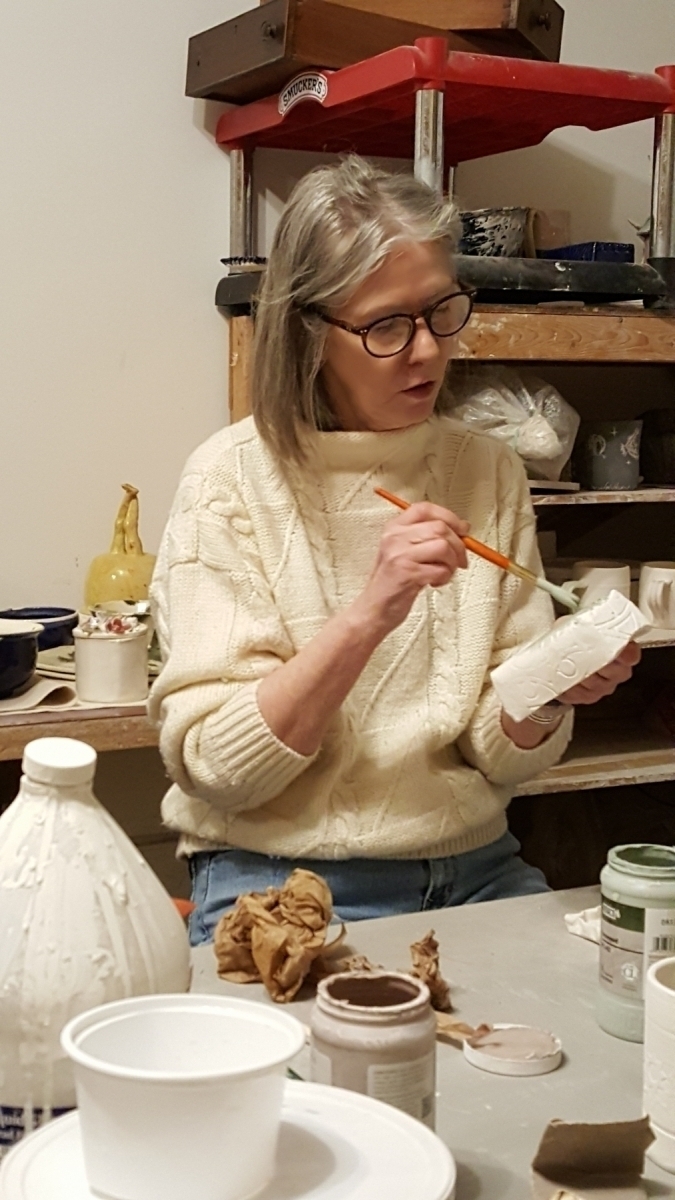
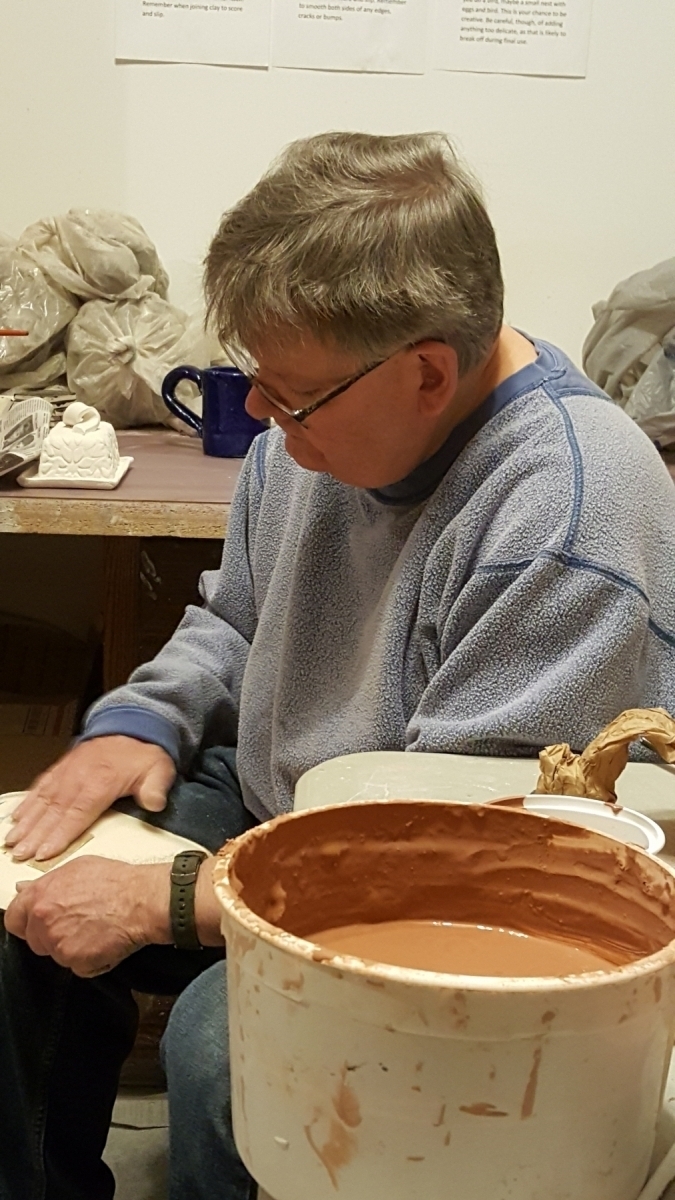
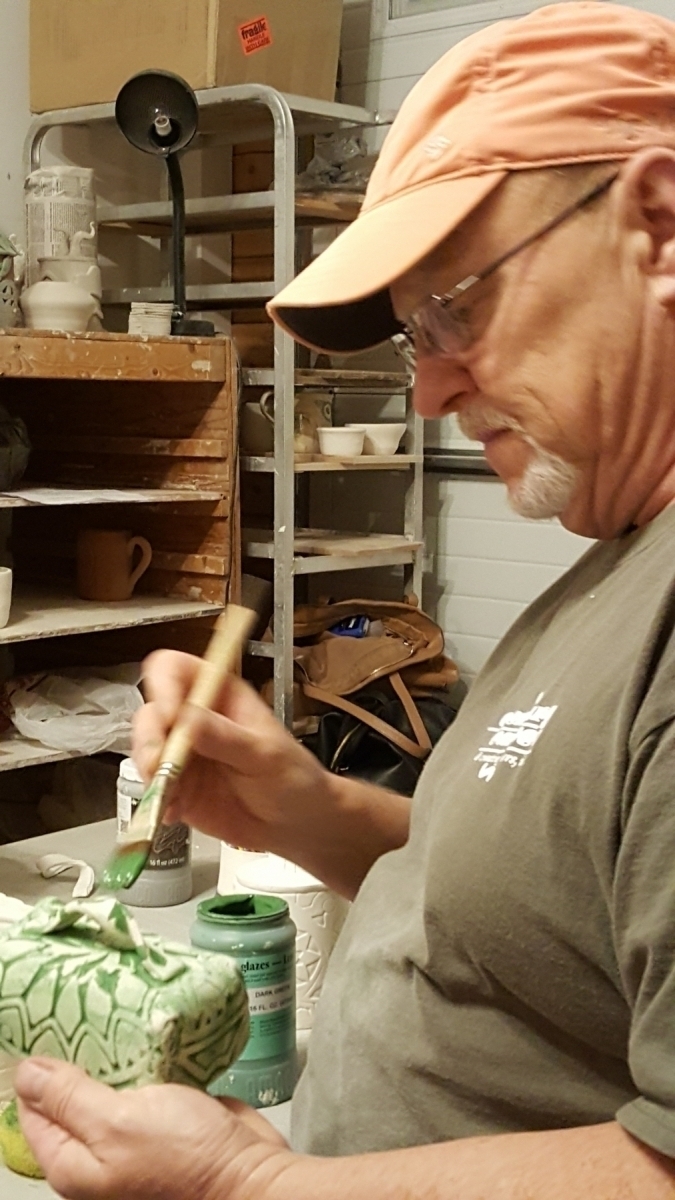
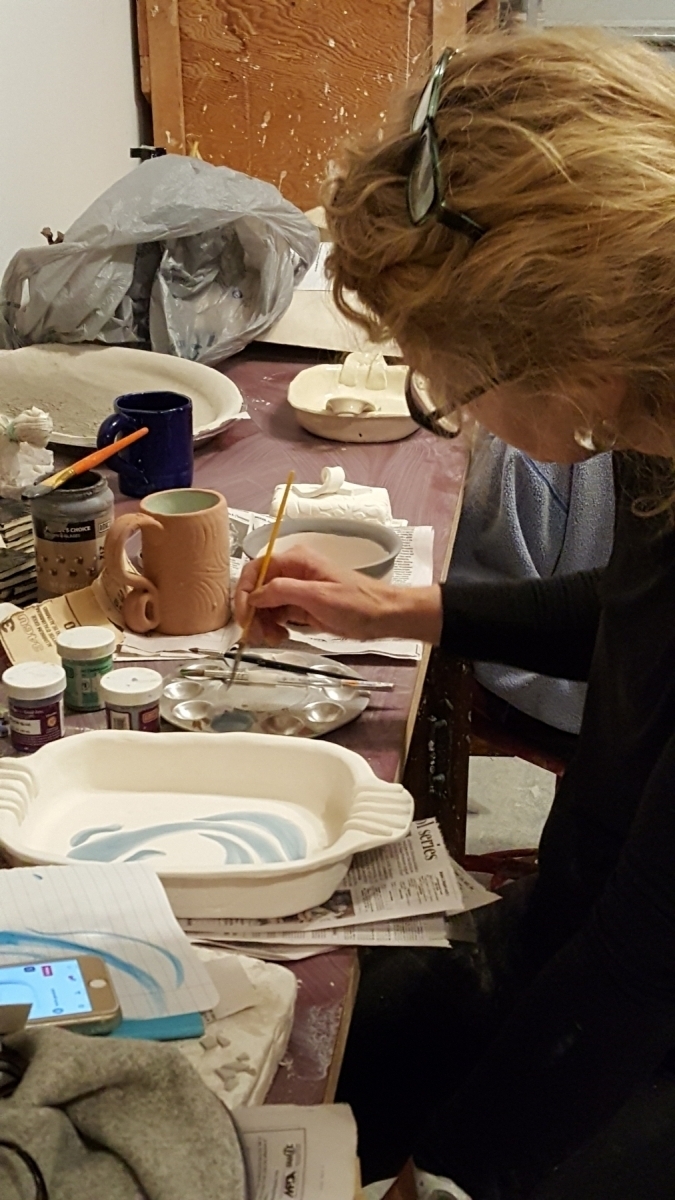
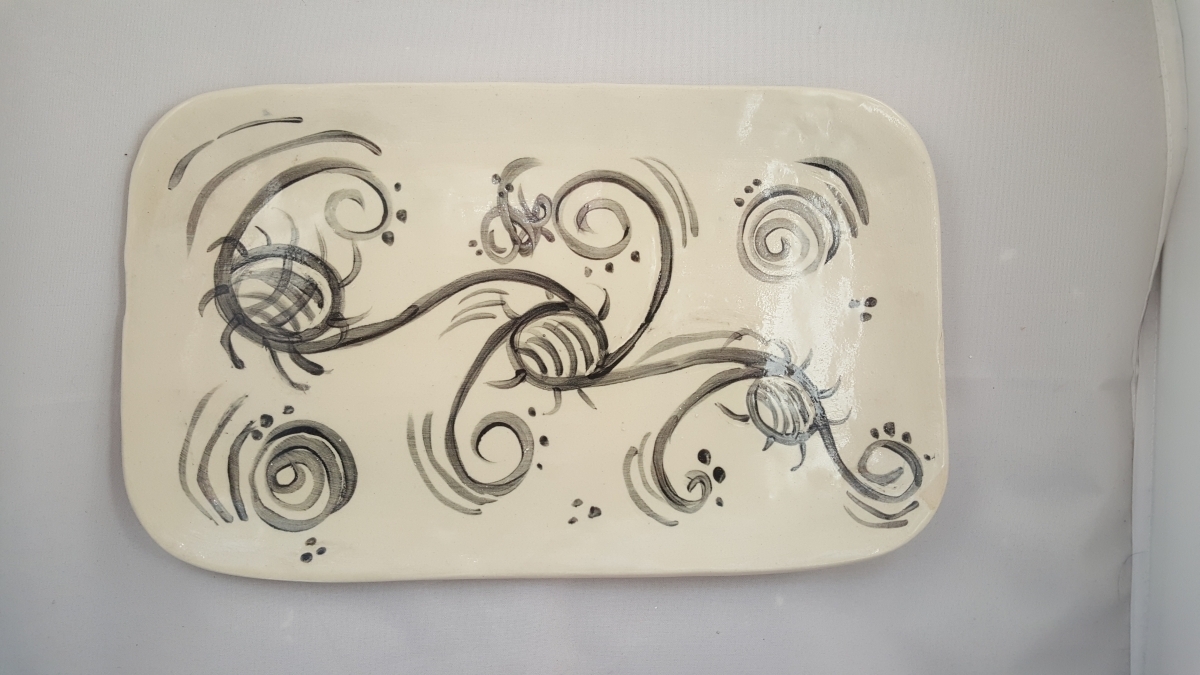
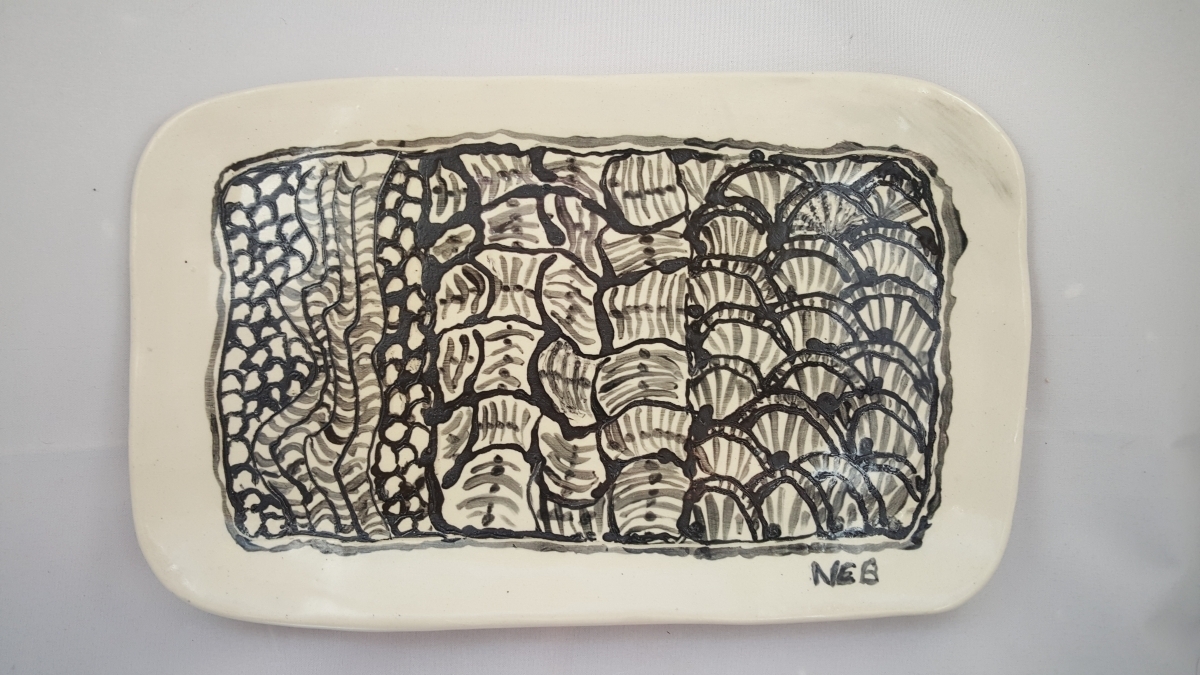
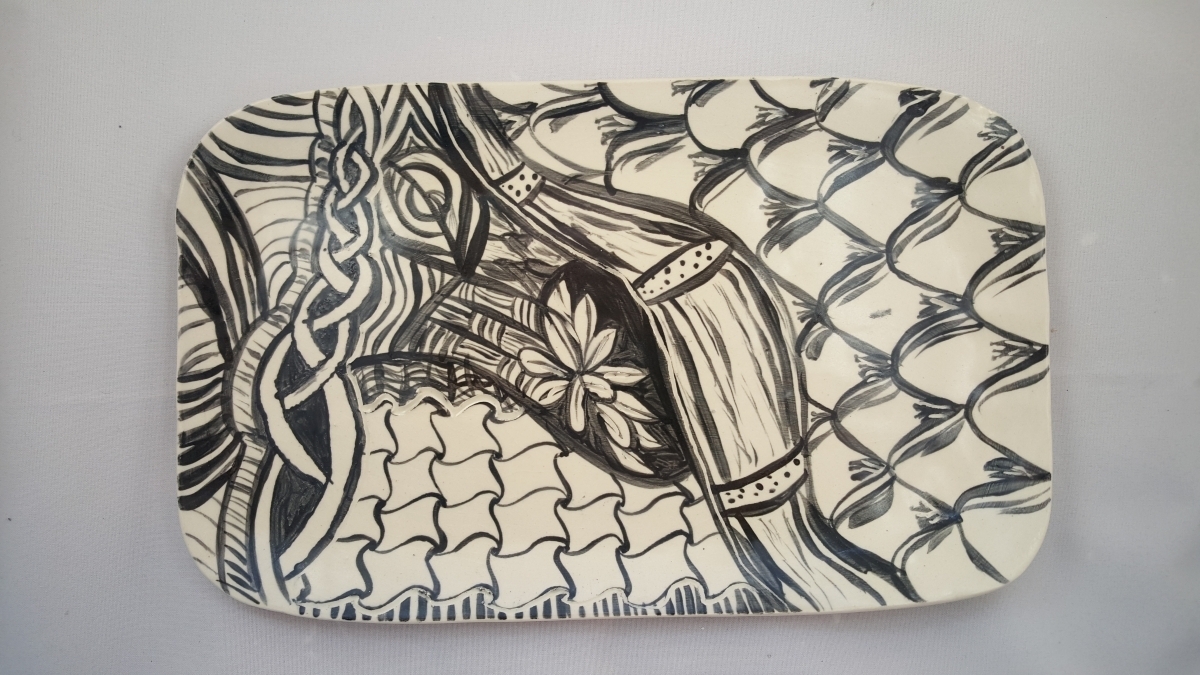
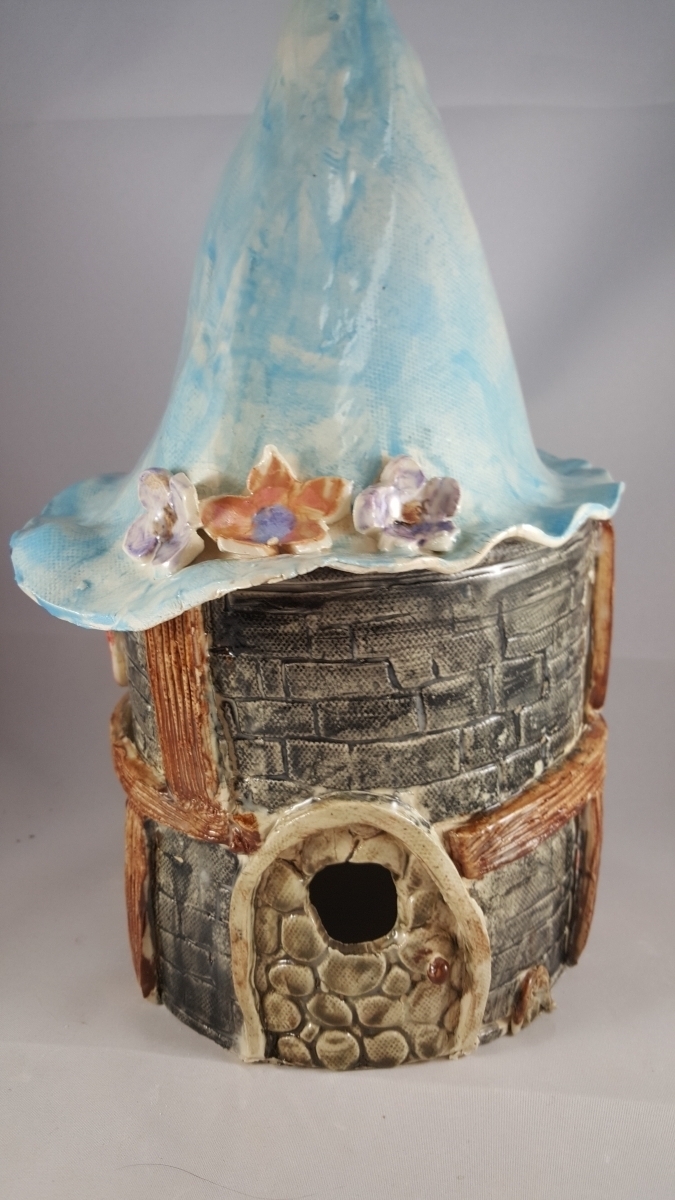
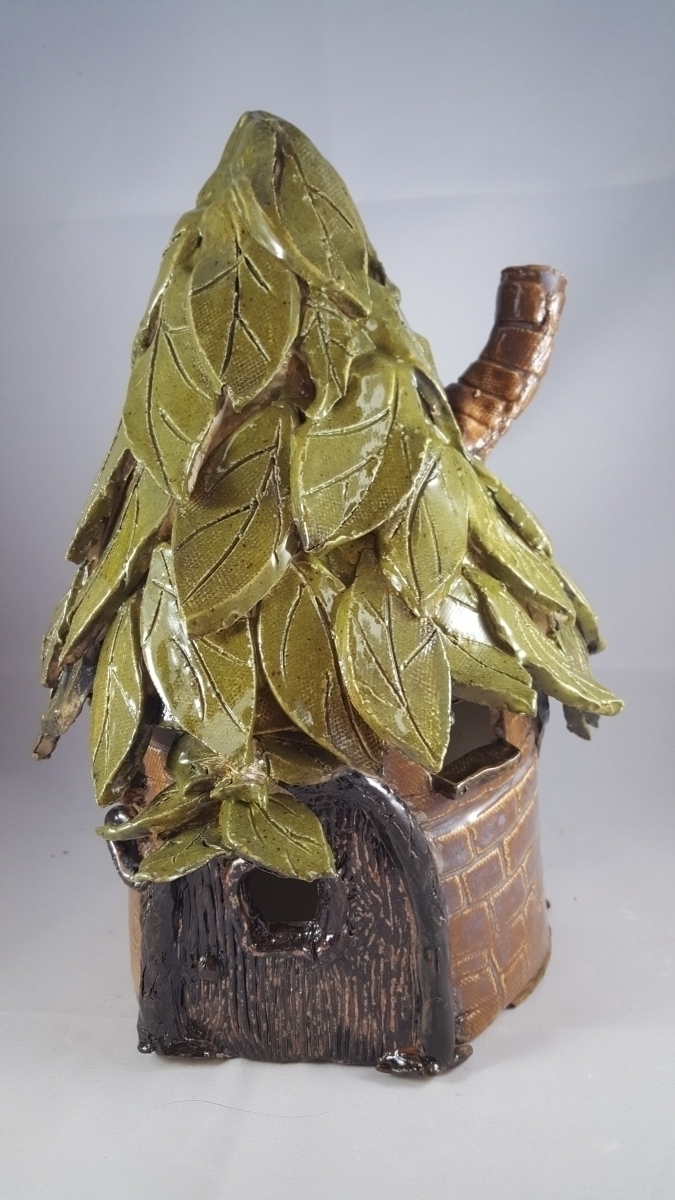
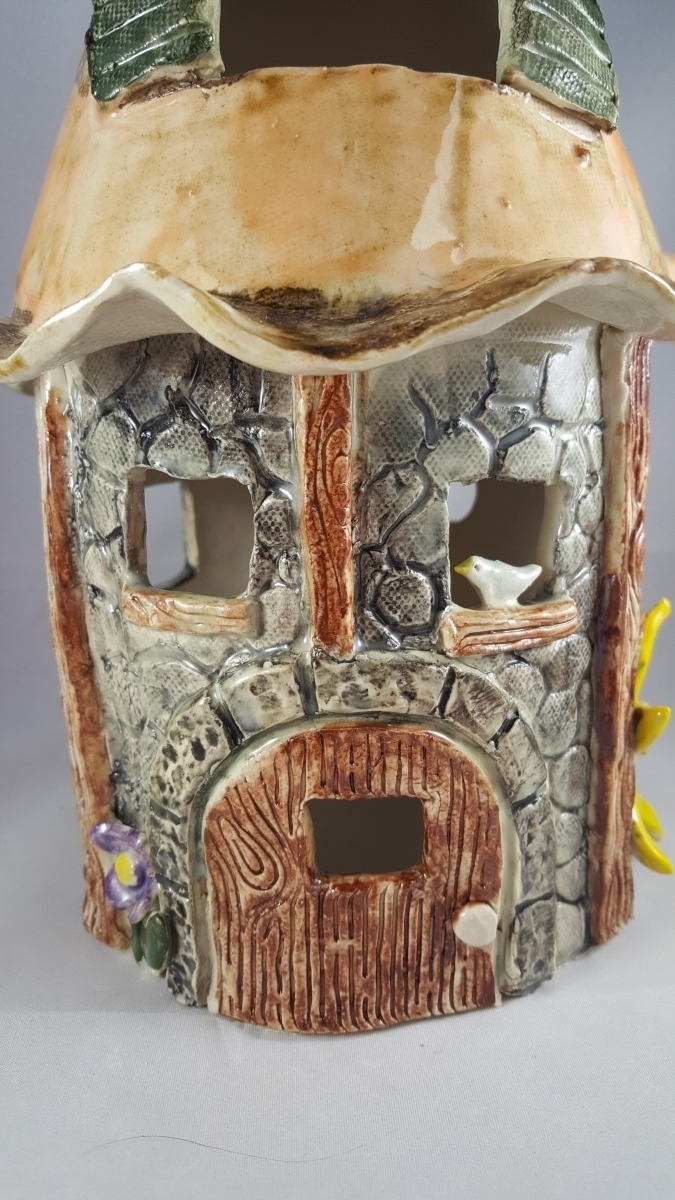
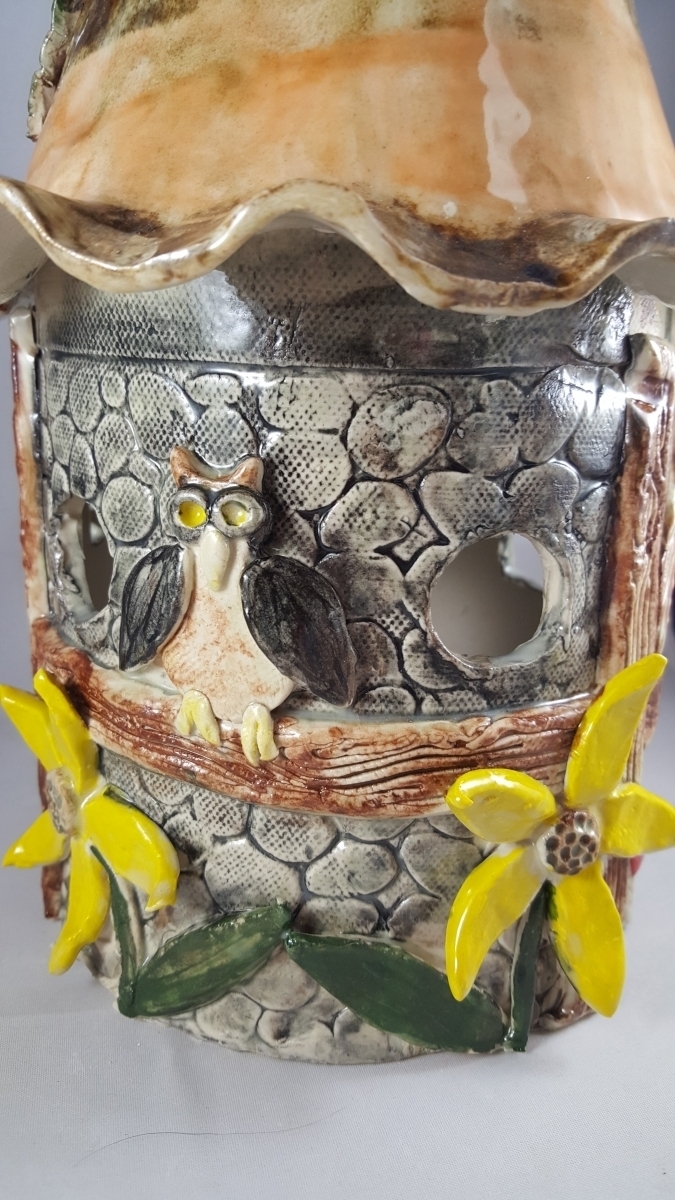
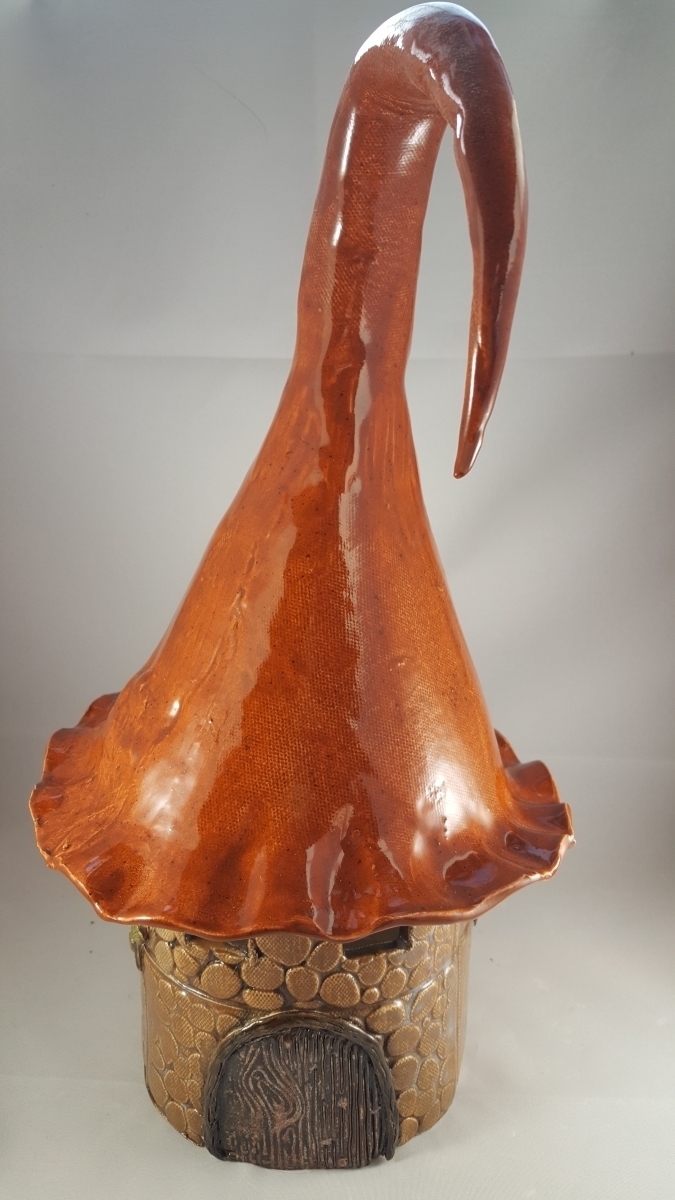
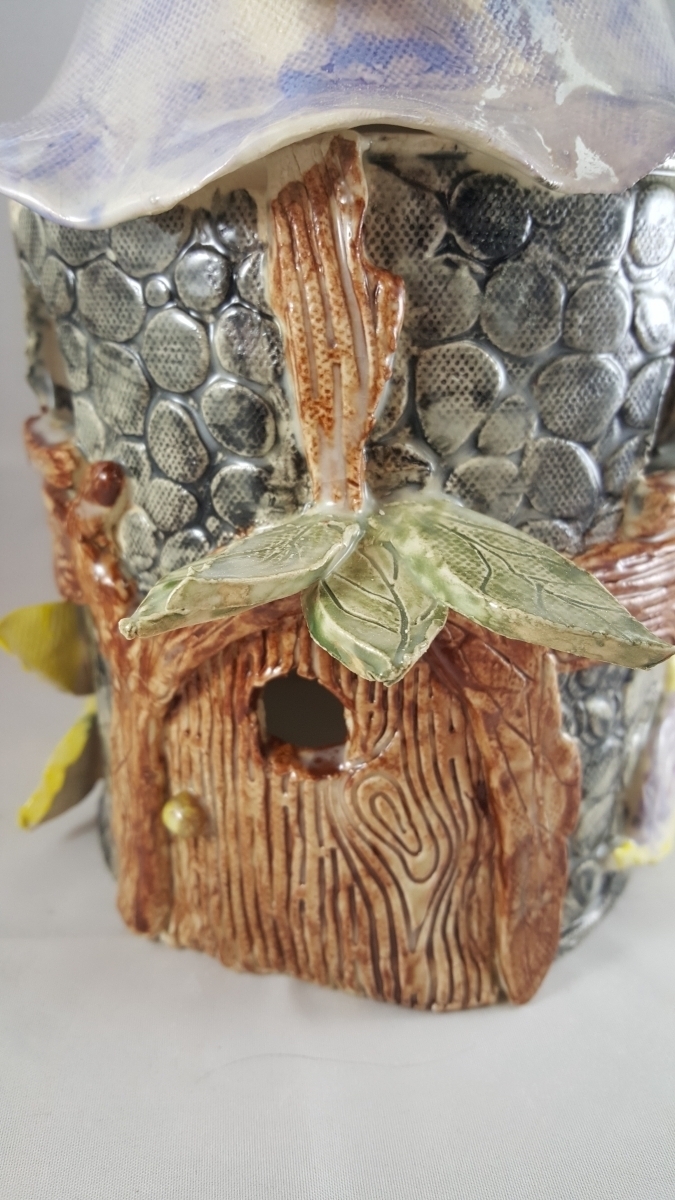
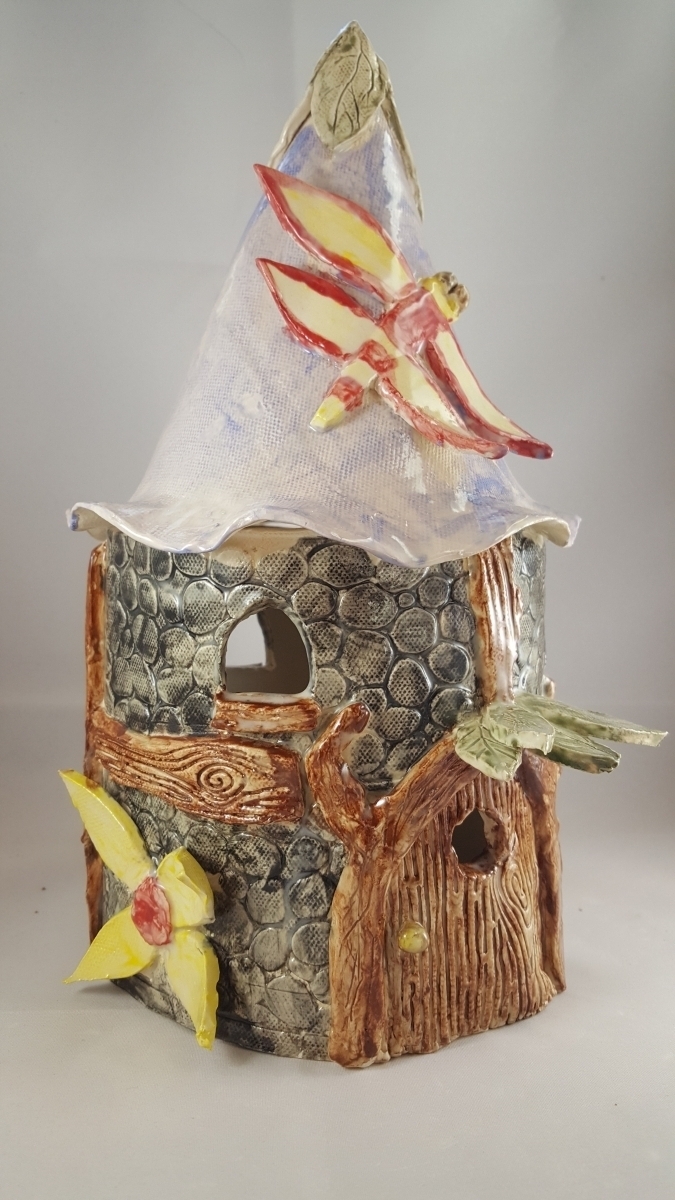
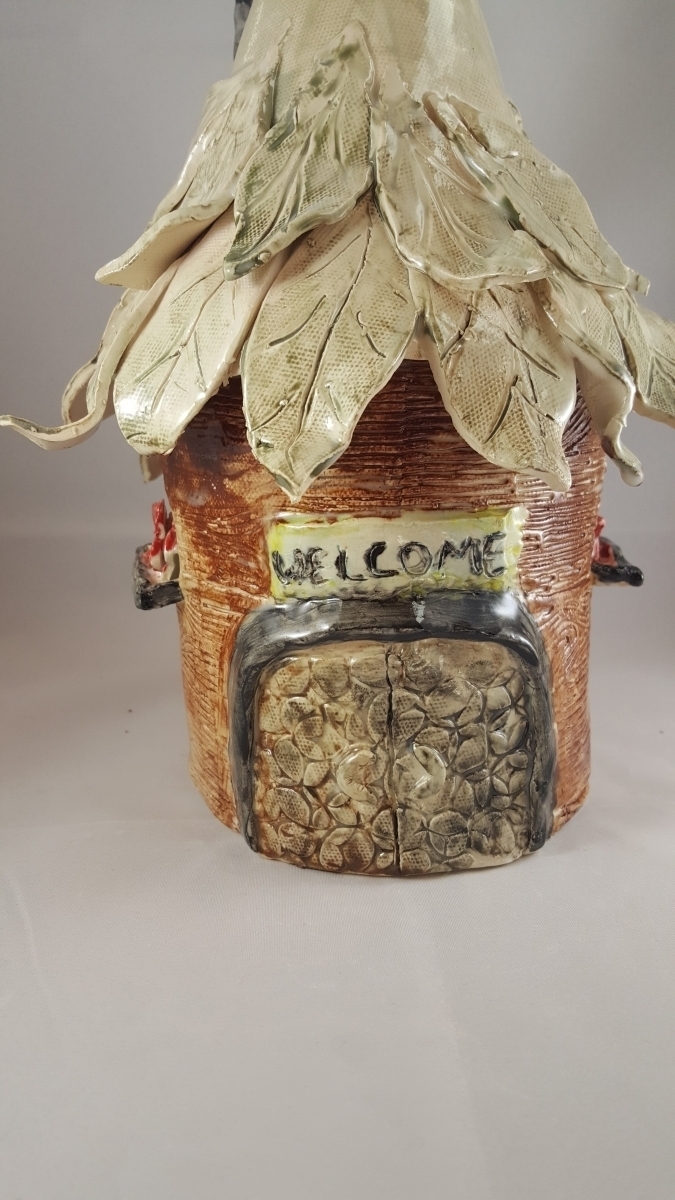
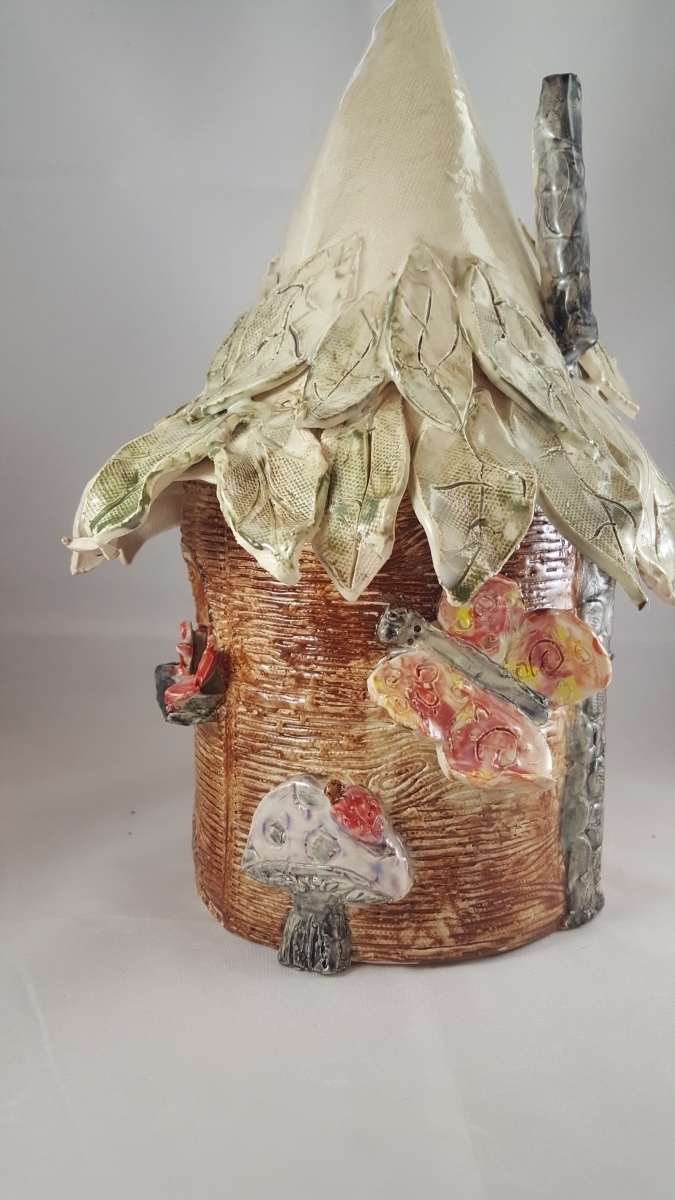
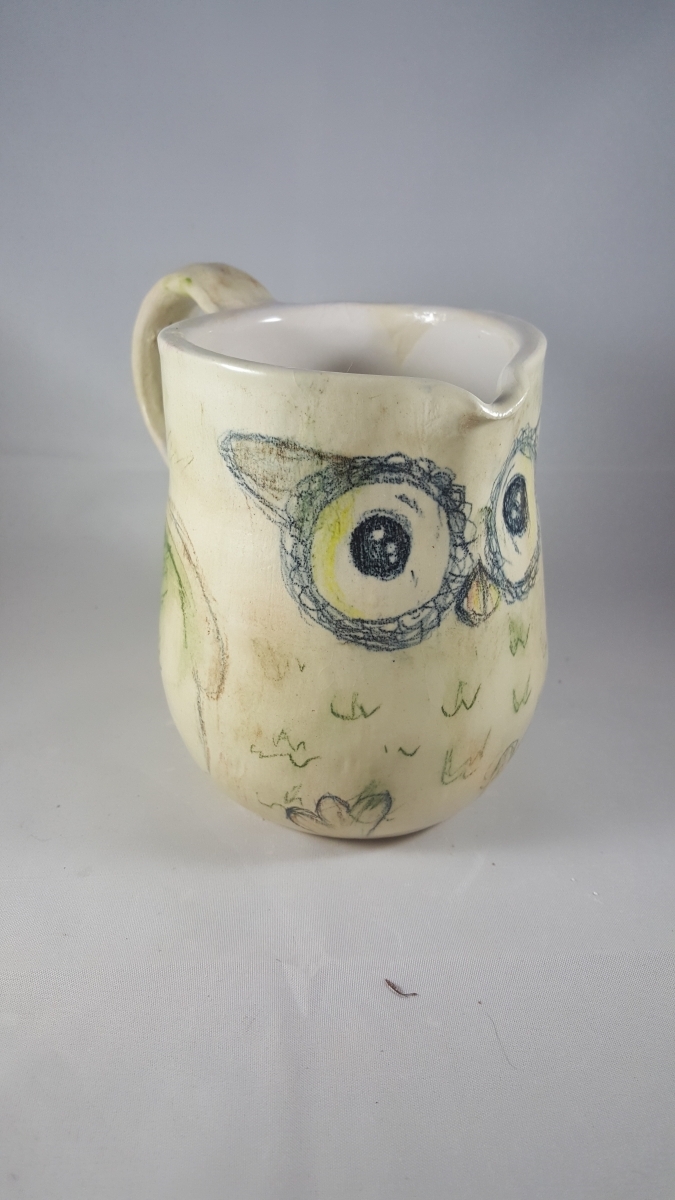
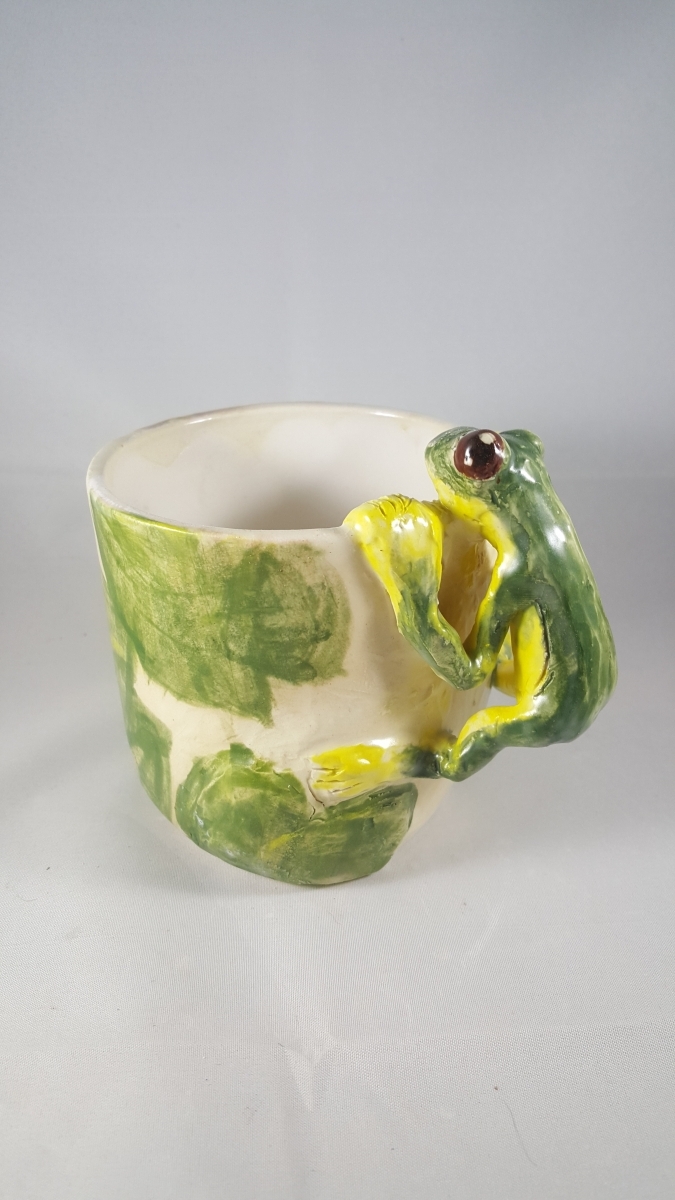
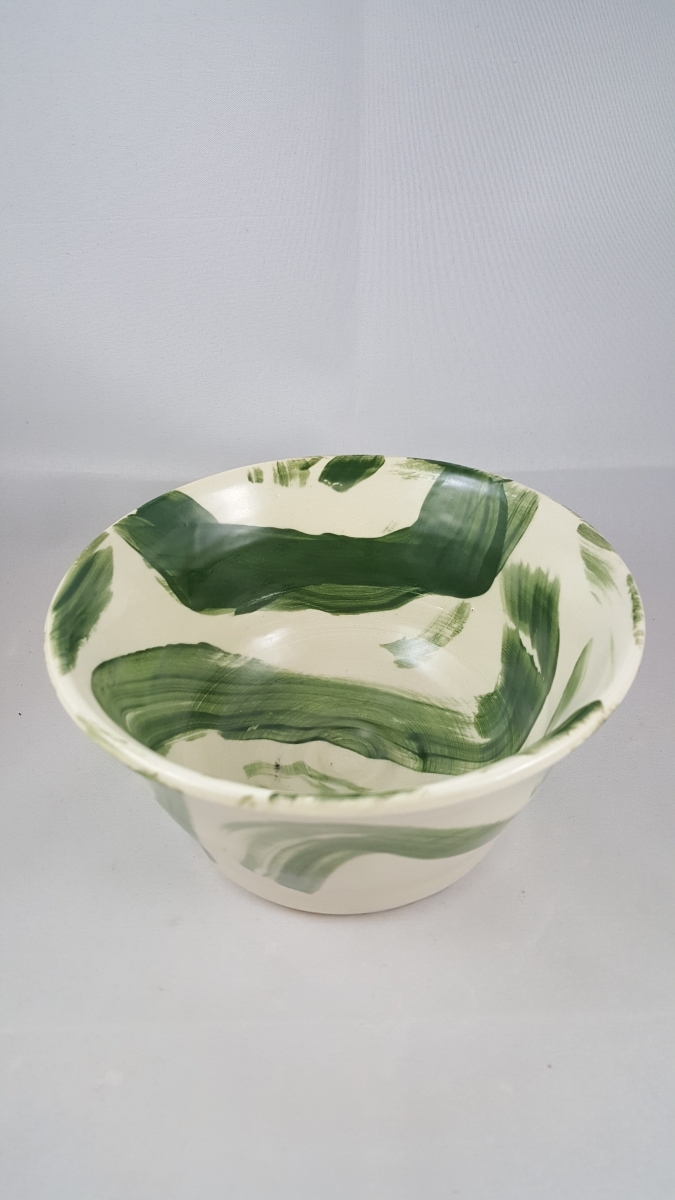






 The other day I found myself making some piggy banks, and it got me to thinking…who ever thought of the idea of a piggy bank? Thank goodness, for the internet, with answers to questions at our finger tips.
The other day I found myself making some piggy banks, and it got me to thinking…who ever thought of the idea of a piggy bank? Thank goodness, for the internet, with answers to questions at our finger tips. The piggy banks I made, started with 24 ounces of clay. From the original size, clay shrinks a lot more than you would expect – about 20% from start to finish. The original bodies of the pigs were about 8 inches long – the final bodies were about 6 inches long! After they are slowly dried for a day or two, legs, ears and eyes are added, giving them each their individual character. A slot is added on their back for money to be deposited, and a hole cut in their belly for withdrawals.
The piggy banks I made, started with 24 ounces of clay. From the original size, clay shrinks a lot more than you would expect – about 20% from start to finish. The original bodies of the pigs were about 8 inches long – the final bodies were about 6 inches long! After they are slowly dried for a day or two, legs, ears and eyes are added, giving them each their individual character. A slot is added on their back for money to be deposited, and a hole cut in their belly for withdrawals.



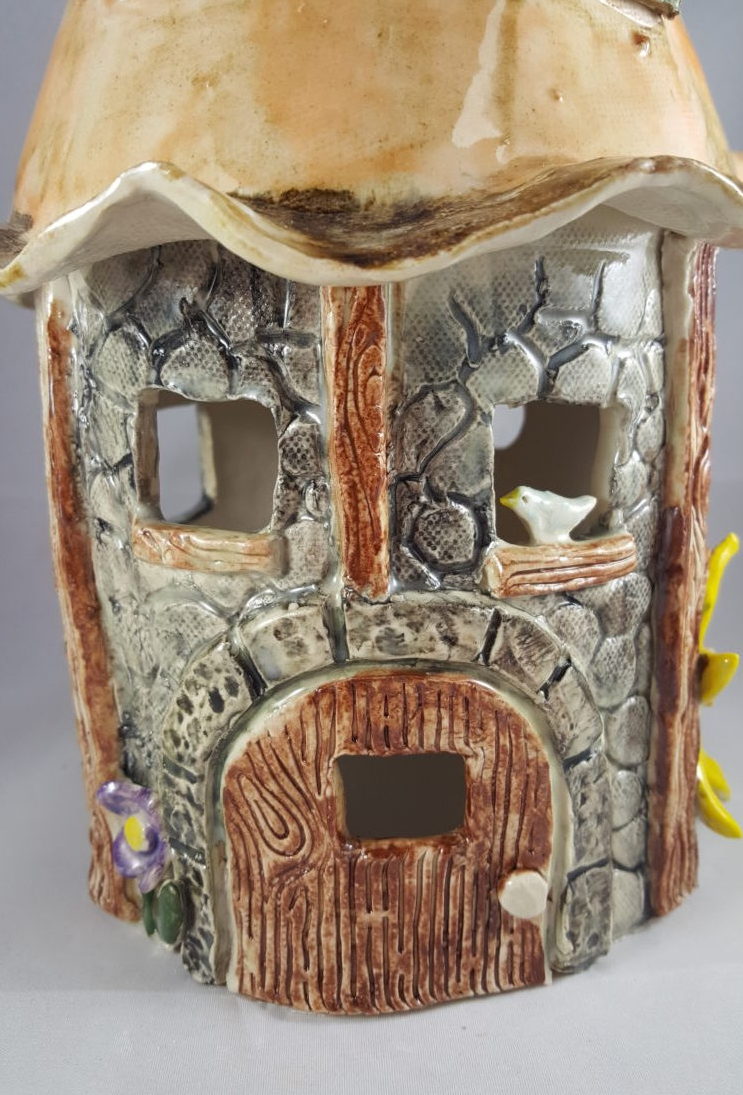
 Doesn’t every fairy deserve a roof over their head? Now you can provide a safe and beautiful home for your fairies.
Doesn’t every fairy deserve a roof over their head? Now you can provide a safe and beautiful home for your fairies.












 Using white stoneware and leaves from the yard, you will will make 15 leaf ornaments all about 2.5 inches square. These ornaments can be used for holiday decoration, or string them together to make a wind chime.
Using white stoneware and leaves from the yard, you will will make 15 leaf ornaments all about 2.5 inches square. These ornaments can be used for holiday decoration, or string them together to make a wind chime.



